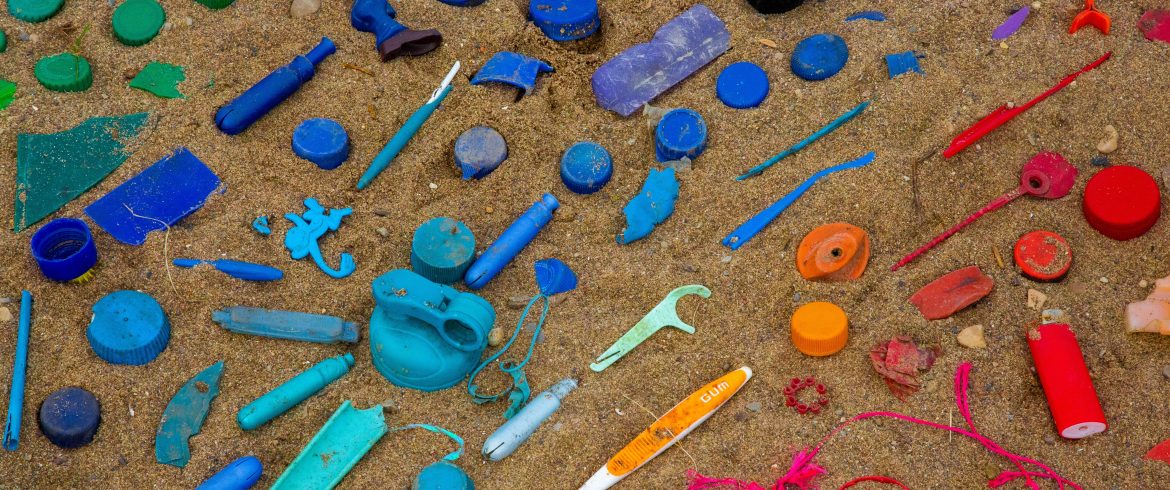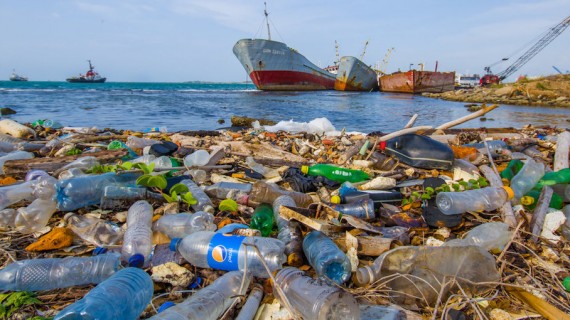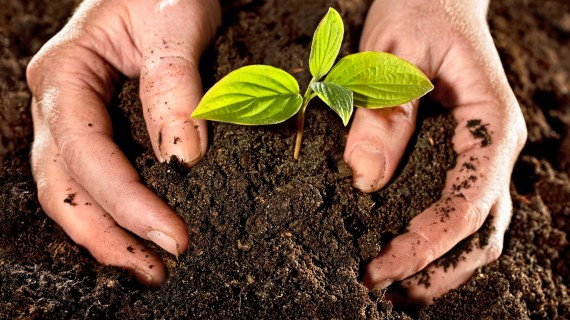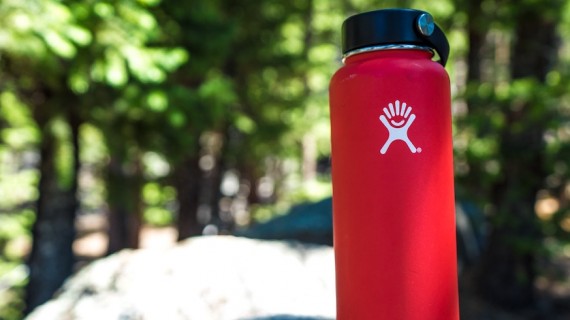Plastic is really all around you. It is in your phone, clothes, or fridge. Oceans, rivers and lakes are full of plastic waste. Not to mention hundreds of tons of waste ending up on a rubbish dump. We live in a plastic age. And plastic is slowly getting into our bodies. How? By water, we are drinking.
Around 8 million tons of trash ends up in waterways yearly. Scientists for an investigation by Orb Media therefore asked themselves: If microscopic plastic is in oceans, lakes, and rivers, is it in drinking water as well? Their question was studied and tested all around the world. The results are alarming.
83% of samples worldwide contained microscopic plastic fibers
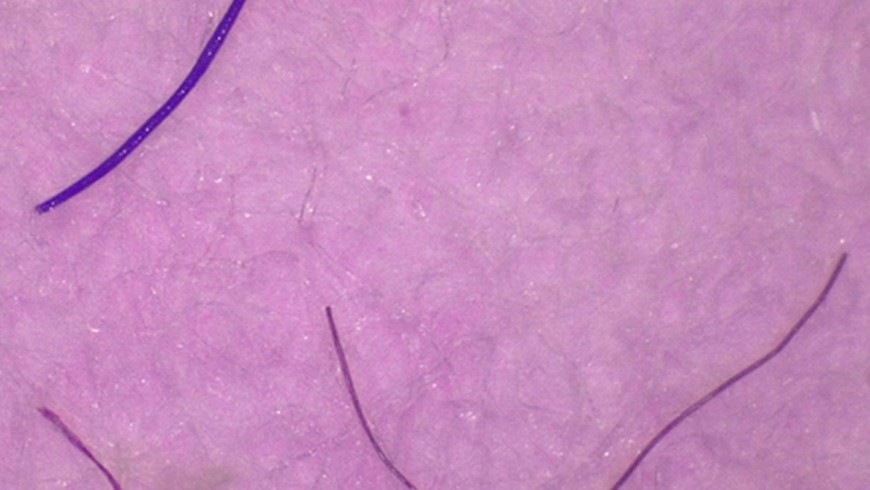
More than 80% of samples collected on 5 continents tested positive on microscopic plastic fibers in tap water. Microplastics are formed from larger plastic pieces, which are broken down and eroded. They have been shown to absorb toxic chemicals linked to cancer and other illnesses. Yet, there are no specific procedures for filtering them.
The US had the highest contamination rate: 94%. Lebanon and India had the next highest rates of 93.8% and 82.4%. Europe has the lowest contamination, however, it still has a lot- 72%. The average number of plastic fibers in 500ml of drinking water was from 4.8 in the US to 1.9 in Europe.
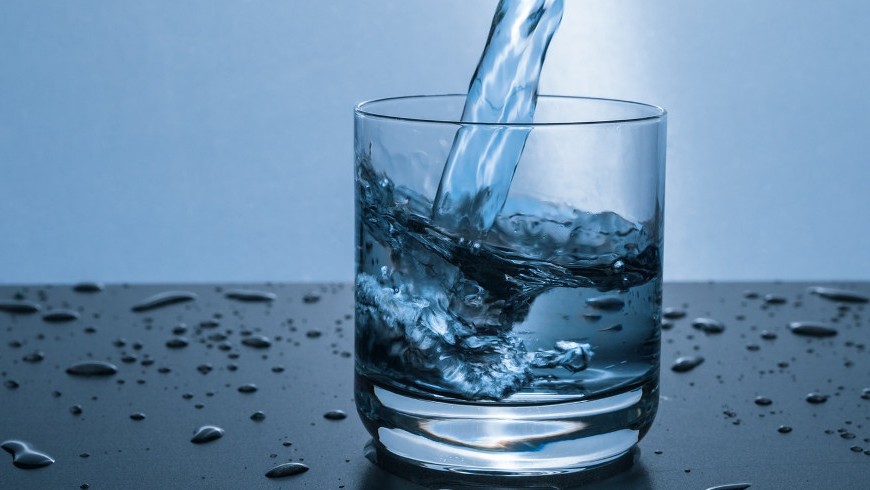
Scientists say that these numbers were found also in TOP US bottled water brands. They add, that bottled water is not an exception.
Plastic cannot be destroyed and biodegraded. It will just break down into even smaller pieces, into particles on a nanometer scale — one-one thousandth of one-one thousandth of a millimeter. What does it mean for the human body? Particles of nanometer size can migrate through the intestinal wall and travel to the lymph nodes and other bodily organs.
Scientists also claim, that if plastic is in your drinking water, it is definitely in your food as well. Whether the food is from your kitchen or a grocery store. It is very likely, that you are eating your pasta and sauce together with microscopic plastic fibers.
Invisible plastic
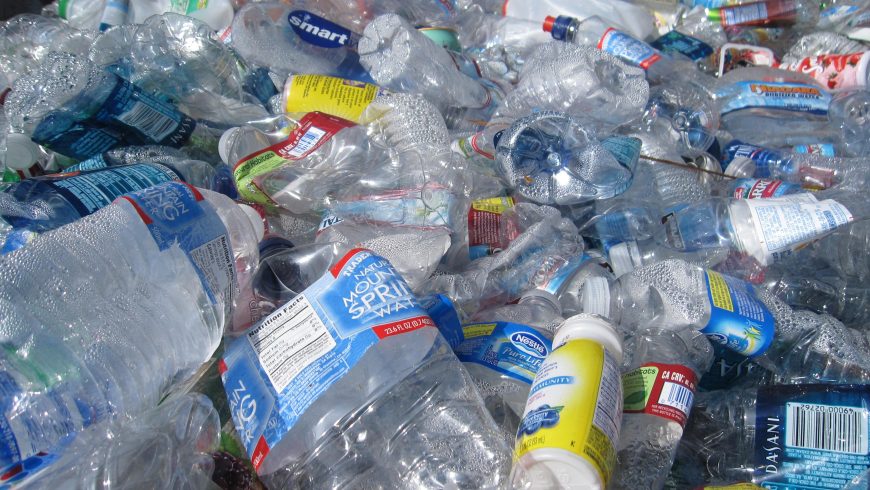
It is not only about plastic packages. There are so-called invisible plastic, which also affect the environment in a big scale.
- Synthetic clothes: Fleece, acrylic, and polyester emit thousands of microplastics in every wash. It is estimated, that 1 million tons of these microfibers end up in waterways yearly. More than half of it escaped into the environment.
- Tire dust: Cars and Trucks emit into the environment more than 20 grams of tire dust for every 100 km they drive.
- Paint: Dust from road markings, ship paint and house paint contribute more than 10% of microplastic pollution in the oceans.
- Microbeads: They are already being banned in some cosmetics in countries like US or Canada. Still, it has a big impact on waterways in countries. In 2015, 8 trillion microbeads polluted US waterways.
What should we do?
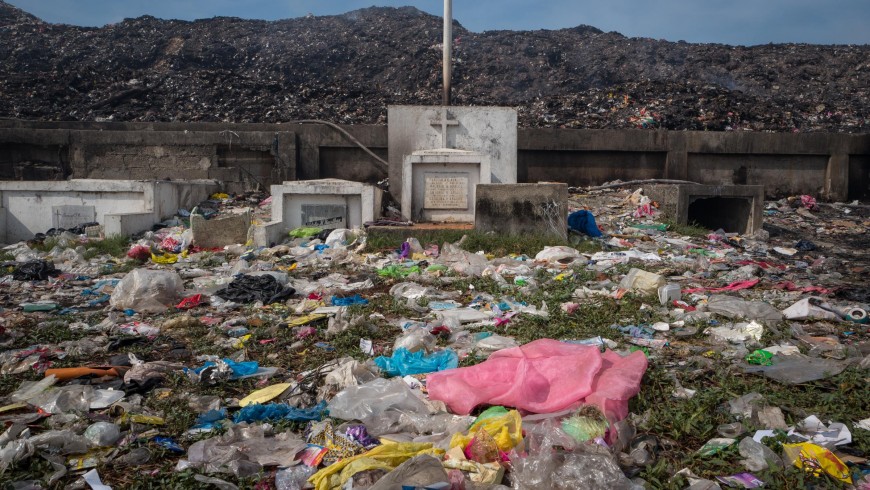
Orb Media challenges people to take a paper bag and fill it up with all single- plastic they use in one day. At the end of the day, they should take the things out, put them on a floor, and take a picture for Instagram or Twitter with the hashtag #OrbPlastics. This will help you and other people to see, how much plastic we use in one day.
Whenever you fractionalize a problem, as with the plastic industry not being held responsible for their particular types of waste, there’s capacity for that industry then to blame another. So it’s waste management; it’s not the producer’s fault. It’s the sewage treatment people’s fault. It’s not the actual clothing manufacturer’s fault. It’s the people who’ve got the washing machine’s fault. It’s somebody else’s fault. Generally speaking, it’s all of our fault.
Tweet—Mark Browne, Ph.D.
The one way how to keep plastic away is to start from yourself. Rethink how you use plastic. Try to implement some of the rules of a zero-waste lifestyle (reduce, reuse, recycle). Buy products like Cora Ball, which catches up to 35% of fibers released in a single load of laundry, or even better- try to wear only natural clothes. Use a bamboo or flax toothbrush. Skip the plastic bag, and straws and use reusable water bottles. Share a ride, take public transport, and -what is most important- spread the idea to your friends.
Cover image: photo via pxhere
